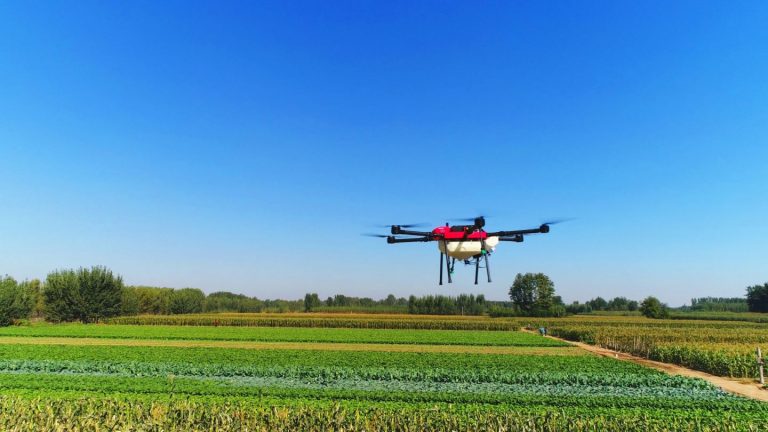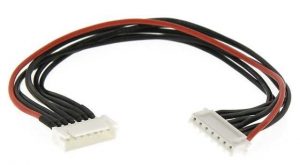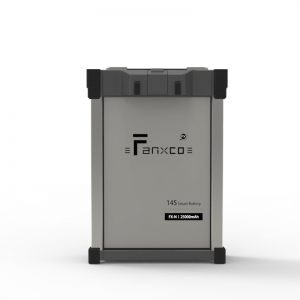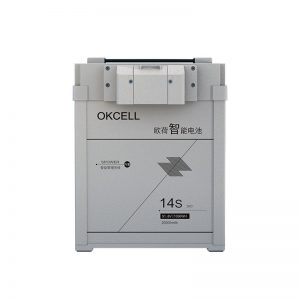The difference between agricultural drone smart battery and ordinary battery
The application of drones has improved the efficiency of industries such as agriculture, aerial photography, and exploration. Perhaps most people are already very familiar with the operation and application of drones. But there may not be a very clear understanding of the battery of the drone. So the main purpose of this article is to give you a deeper understanding of drone batteries.

At present, drone batteries are mainly divided into smart models and ordinary models, and there are great differences between the two. Smart batteries are more like humans mastering language. The battery management system (BMS) inside the smart battery will feed back the internal information of the battery (voltage, differential pressure, temperature, capacity) to the flight control system through the BMS. Through communication, the flight controller can clearly understand the current state of the battery and make a more reasonable plan for the current state. This is also the main reason why the service life of the smart battery is higher than that of the ordinary battery.
Because ordinary batteries do not have BMS, they can only rely on the flight controller to read the overall voltage of the battery to judge the status of the battery. Obviously, a single voltage information cannot give more detailed data to the flight controller. This method is only a rough estimate, because the voltage itself does not represent the capacity of the battery. On the other hand, the voltage itself fluctuates. When your drone climbs vertically, the voltage will drop rapidly due to the large output current of the drone motor at this time; when the drone flies smoothly, the voltage will rebound The phenomenon. As a constant parameter, the battery capacity will not fluctuate due to instantaneous large current. Therefore, it will be more accurate to use the capacity as the criterion for judging the battery life of the drone, and the utilization rate of the battery will also be maximized.
On the other hand, the charging methods of the two are also very different. The smart battery relies on the internal BMS system to feed back all cell data to the matching smart charger. It includes detailed data such as temperature and voltage of a single cell. This information is aggregated by the BMS system and sent to the charger. To put it simply, the charger does not work directly with the smart battery. The BMS acts as the link between the two, leading and supervising the work between the smart battery and the charger.

When an ordinary battery is charged, it mainly relies on connecting a balance line to feed back the voltage of its own single-chip cell to the charger. The charger can only complete the entire charging process for the battery through the set parameters. However, compared to the charging method of smart batteries, there are two safety issues involved here; first, it is not recommended to charge the battery when its temperature is too high.
Of course, you can also use a smaller current to charge it. But when a normal battery is being charged, the charger does not have the function of obtaining the internal temperature of the battery. It will only charge the battery in a CC/CV (constant current/constant voltage) method according to the set parameter values. If the internal temperature of the battery is high at this time, the battery is likely to be damaged when the battery is being charged. This is also the main reason why the battery surface bulges and the battery catches fire.
On the other hand, the balance port of an ordinary battery is directly connected to each cell in the battery. This is equivalent to the battery’s long-term exposure of the positive electrode of the cell without any protection. Especially when agricultural drones are operating, pesticides and water droplets will slowly penetrate into the interior of the battery, which will cause a high probability of short-circuiting the battery and cause more serious consequences.
That’s all I want to share with you, thank you for reading. If you have different opinions and questions, please leave a message to us. Thanks!
800px-300x300.jpg)
800px-300x300.jpg)

